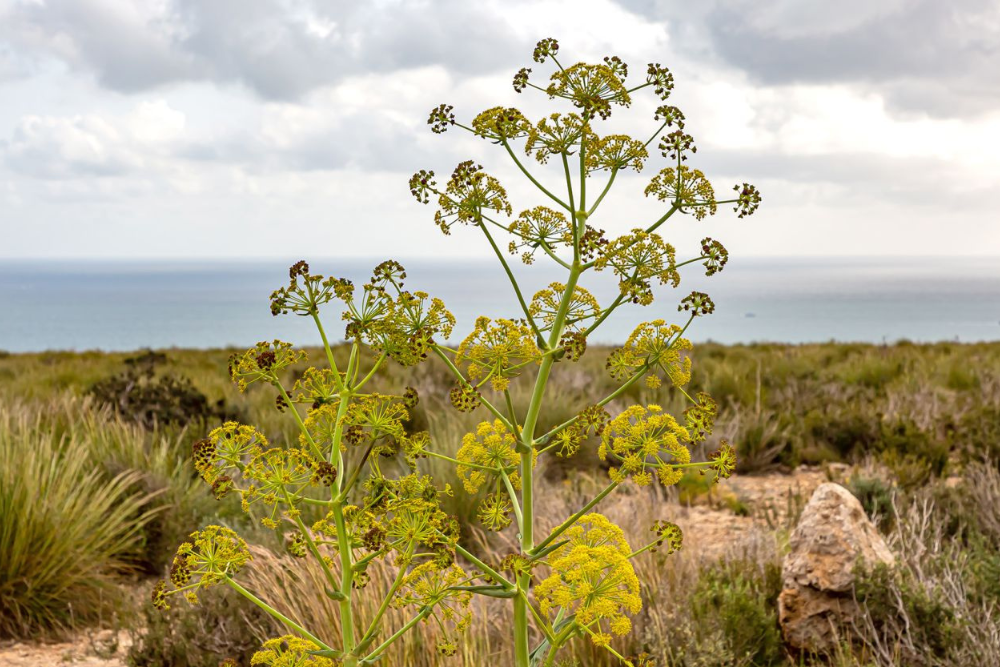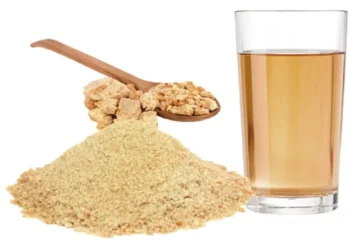Why can’t Hing trees grow in India’s climate, and what conditions do they need?
Short Answer: Hing trees can’t grow in India because they require cold, semi-arid climates with dry, sandy soil, which India’s humid or tropical regions cannot provide.
Detailed Answer:
- Hing (asafoetida) is a resin derived from the roots of Ferula species, which thrive in cold desert climates like Iran and Afghanistan.
- These plants require:
- Cold winters (below 5°C)
- Low humidity levels
- Well-drained sandy or loamy soil
- Minimal rainfall (semi-arid conditions)
- India’s climate, largely tropical or subtropical, offers:
- High humidity
- Monsoon-heavy rains
- Warmer winters
- Attempts to grow Hing have struggled because the plant’s delicate roots rot easily in moist soils.
Has India ever tried cultivating Hing trees, and what were the challenges?
Short Answer: Yes, India has attempted Hing cultivation, but challenges like climate mismatch, plant sensitivity, and lack of knowledge have hindered success.
Detailed Answer:
- In recent years, the Indian Council of Agricultural Research (ICAR) initiated pilot projects to cultivate Hing in regions like Himachal Pradesh.
- The main challenges faced were:
- Unfamiliarity with seed germination techniques
- Long maturation period (about 5 years)
- Fragile root systems prone to rot in Indian soils
- Dependency on imported seeds
- Despite trials, large-scale commercial success has not yet been achieved.
- Experts believe consistent research and adapting high-altitude, cold regions could potentially overcome some barriers.
Where does India import its Hing from, and how does that affect quality and price?
Short Answer: India imports Hing primarily from Afghanistan, Iran, and Uzbekistan, and import dependency raises prices and affects quality consistency.
Detailed Answer:
- India is the world’s largest consumer of Hing but imports nearly 100% of it.
- The main import sources are:
Country Percentage Share Afghanistan 60% Iran 30% Uzbekistan 10% - Impact on quality and price:
- Fluctuating international prices affect retail costs in India.
- Quality can vary depending on source and freshness.
- Heavy reliance on imports increases vulnerability to supply chain disruptions.
- Local production could help reduce prices and ensure fresher stock.
Are there efforts to grow Hing in India, and could it become locally available in the future?
Short Answer: Yes, India is investing in Hing cultivation projects, especially in cold regions, and local production may be possible within the next decade.
Detailed Answer:
- ICAR and CSIR institutes have been working with farmers in Himachal Pradesh, Kashmir, and Ladakh to trial Hing cultivation.
- Efforts include:
- Introducing cold-tolerant Ferula varieties
- Training farmers on proper cultivation techniques
- Developing controlled-environment greenhouses
- Challenges that still need solving:
- Slow-growing plants with late yield (5–6 years)
- Unfamiliarity with harvesting resin without damaging roots
- Scaling up from pilot plots to commercial farms
- If successful, local Hing could cut import bills and create rural employment opportunities.
Does imported Hing differ in taste or potency compared to freshly harvested Hing?
Short Answer: Yes, imported Hing can lose some potency and aroma over time compared to freshly harvested Hing due to storage and transportation delays.
Detailed Answer:
- Fresh Hing resin is intensely aromatic and powerful in taste.
- Imported Hing often undergoes:
- Prolonged shipping
- Packaging and repackaging
- Months of storage before reaching consumers
- This can lead to:
- Loss of some volatile compounds responsible for aroma
- Slight reduction in taste intensity
- However, once processed and blended (as Hing powder), the difference may be less noticeable for most consumers.
- Freshly harvested Hing, if locally available, could offer superior flavor profiles for high-end culinary uses.
Conclusion
Hing is an essential spice in Indian kitchens, yet it’s a paradox that India, despite being the world’s largest consumer, cannot naturally grow the crop in most of its regions. While cold, dry climates suit the Hing plant, India’s tropical environment has always posed a challenge. However, modern agricultural research offers hope, and with dedicated efforts, Hingwala and others may soon bring locally grown Hing to Indian plates. Until then, we continue to depend on imports, balancing cost, quality, and availability. Hing truly shows us how a global spice journey can shape a nation’s food culture!





